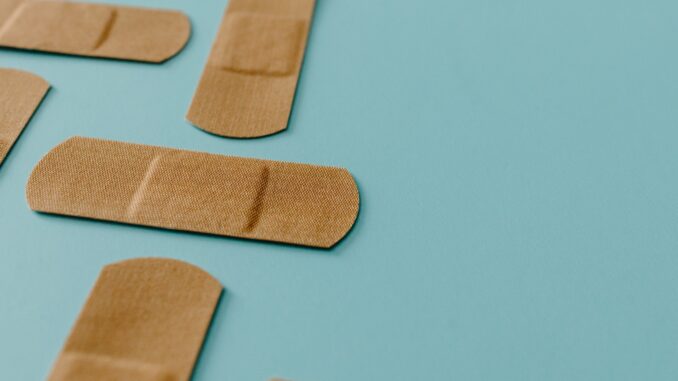
We all experience injuries that result in wounds. However, it’s important for our bodies to heal faster to reduce the risk of infection. Whether it’s a cut or a scratch, even slight wounds can lead to serious complications such as gangrene and tetanus.
While you may be able to treat a wound by yourself, you still need to know a few tips that can speed up the healing process and reduce the risk of infection.
- Start with daily nutrition
The food you eat has a significant impact on how your body can heal itself. Some of these contain vitamins and minerals that help accelerate wound healing and improve your body’s immune response.
Vitamins A, B Complex, and C can speed up cell regeneration and boost your defenses against bacteria and viruses that enter through the wound opening. In addition, you can consume food that’s rich in iron and zinc. These minerals are found mostly in red meat, and fight against toxins and repair damaged tissue.
One way you can optimize your body’s ability to heal is to adopt a balanced diet. Not only does it cause diabetes, but having too much sugar in your body can impede the delivery of oxygen to the affected areas.
You may have to regulate your intake of sugar and consume a balanced amount of meat, fish, dairy, fruits, and vegetables. Consider taking dietary supplements as well so your body gets the nutrients it needs to speed up the natural healing process.
- Treat the wound early
Even if it’s a small cut on your finger, a wound should be treated immediately to prevent the onset of infection. Especially if you are in an unsanitary environment, you should spare no time cleaning the wound and patching it up.
Bacteria can accumulate in the wound, so you must move fast before it gets worse. Having basic first aid skills is essential no matter the severity of your injury.
If you experienced a wound, you might want to clean it with running water immediately. This will help wash away any dirt or debris around it. In case of massive bleeding, apply pressure using a piece of cloth or gauze.
It also helps a lot to know how to dress the wound, but in case you lack proper training, call for help immediately and continue applying pressure onto the wound. The sooner you get help, the less likely an infection will occur.
- Use the right solutions
Regardless of the size of the wound, you will need to know which solutions to use that will support the natural healing process. In most cases, applying an antibiotic ointment can help reduce the likelihood of infection.
On the other hand, alcohol isn’t always advisable, since it slows down the healing process instead of accelerating it. That’s because alcohol can potentially damage tissue and impede the function of macrophages (the cells that put a stop to bacterial invasion). Alcohol can also cause discomfort and severe pain in and around the wound.
There are other safer solutions you can try out. A saline solution is best in case no other antibiotic treatment is within reach. Simply mix four cups of distilled water and two tablespoons of salt.
You can apply this mixture using a spray bottle or a clean cloth. If suturing is required, you can use a topical gel around the wound to ease the pain without the risk of infection. According to this article by Fagron Sterile, a topical gel made from LET (Lidocaine, EPINEPHrine, and Tetracaine) is widely used in emergency care centers. With this, you have a safer and faster way to close up a severe laceration.
- Get enough rest and exercise
In case you have been in a serious accident, your body will take a long time to heal. Even after you have successfully closed the wound, you still need to get as much rest as you can.
Getting ample sleep is critical during the aftermath of an accident, so make sure you get a full eight hours of rest. This should be more than enough time for your body to restore damaged tissue and reduce inflammation.
If the wound doesn’t impede your movement, spend time doing light exercise. Jogging, walking, and stretching in place can help stimulate blood flow which, in turn, helps your body recover faster.
Knowing how to support your body’s natural healing process should help you steer clear of infection. Keep these tips in mind so you can recover from any injury faster.
Support Northern Colorado Journalism
Show your support for North Forty News by helping us produce more content. It's a kind and simple gesture that will help us continue to bring more content to you.
BONUS - Donors get a link in their receipt to sign up for our once-per-week instant text messaging alert. Get your e-copy of North Forty News the moment it is released!
Click to Donate
